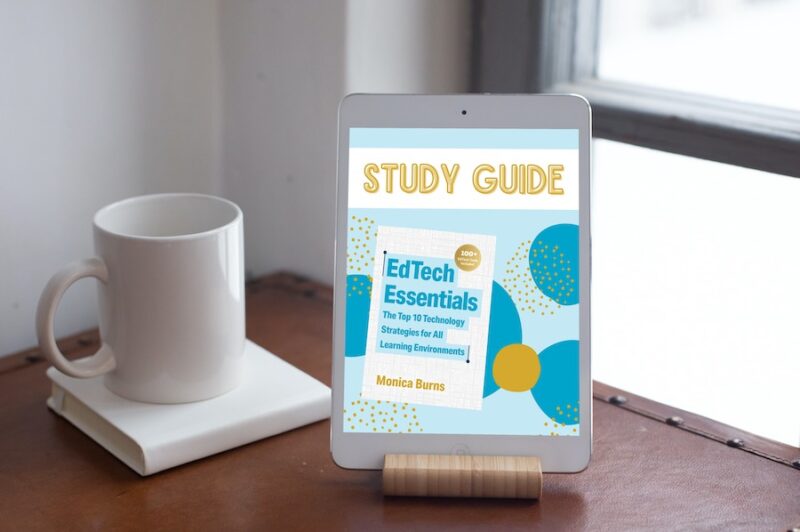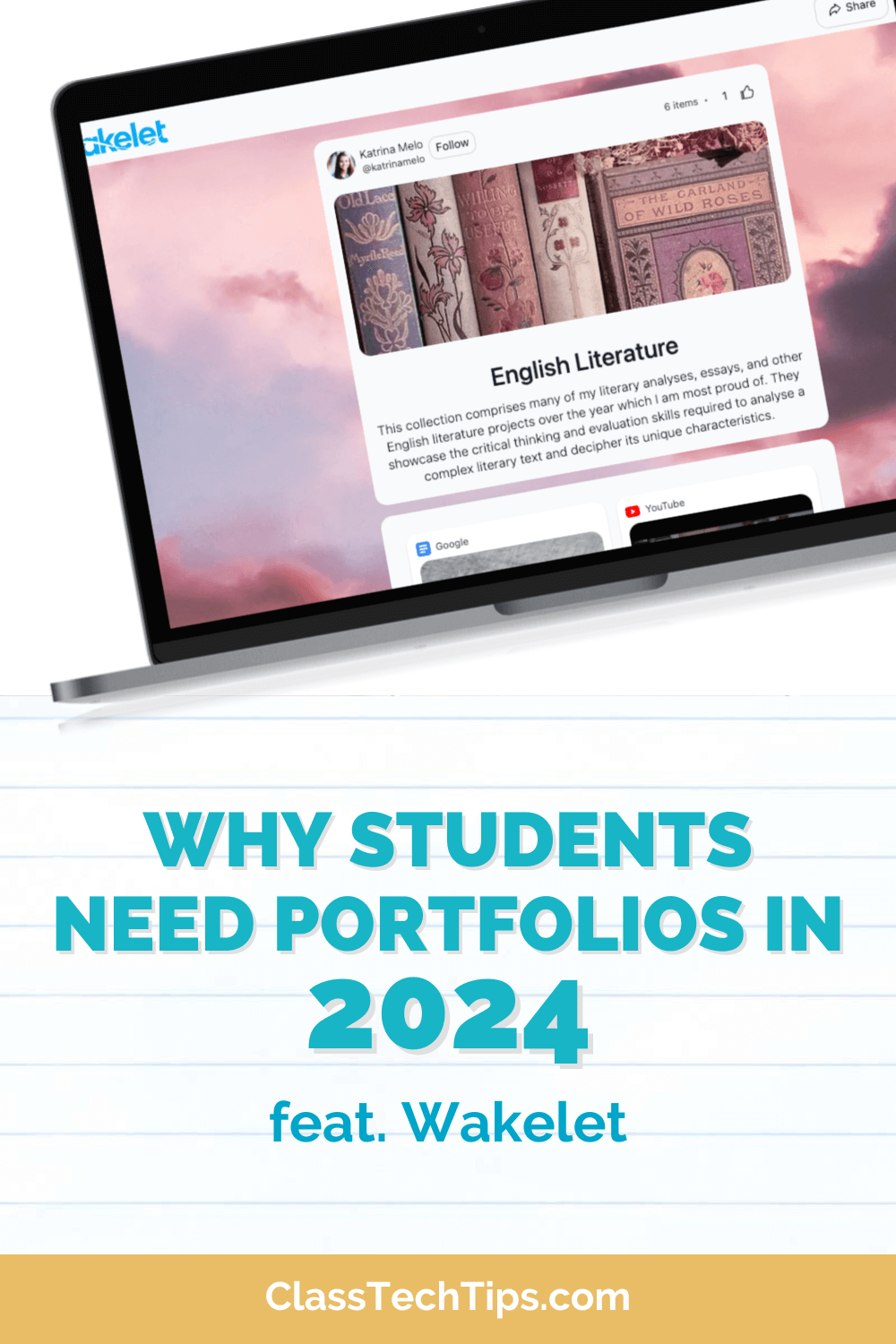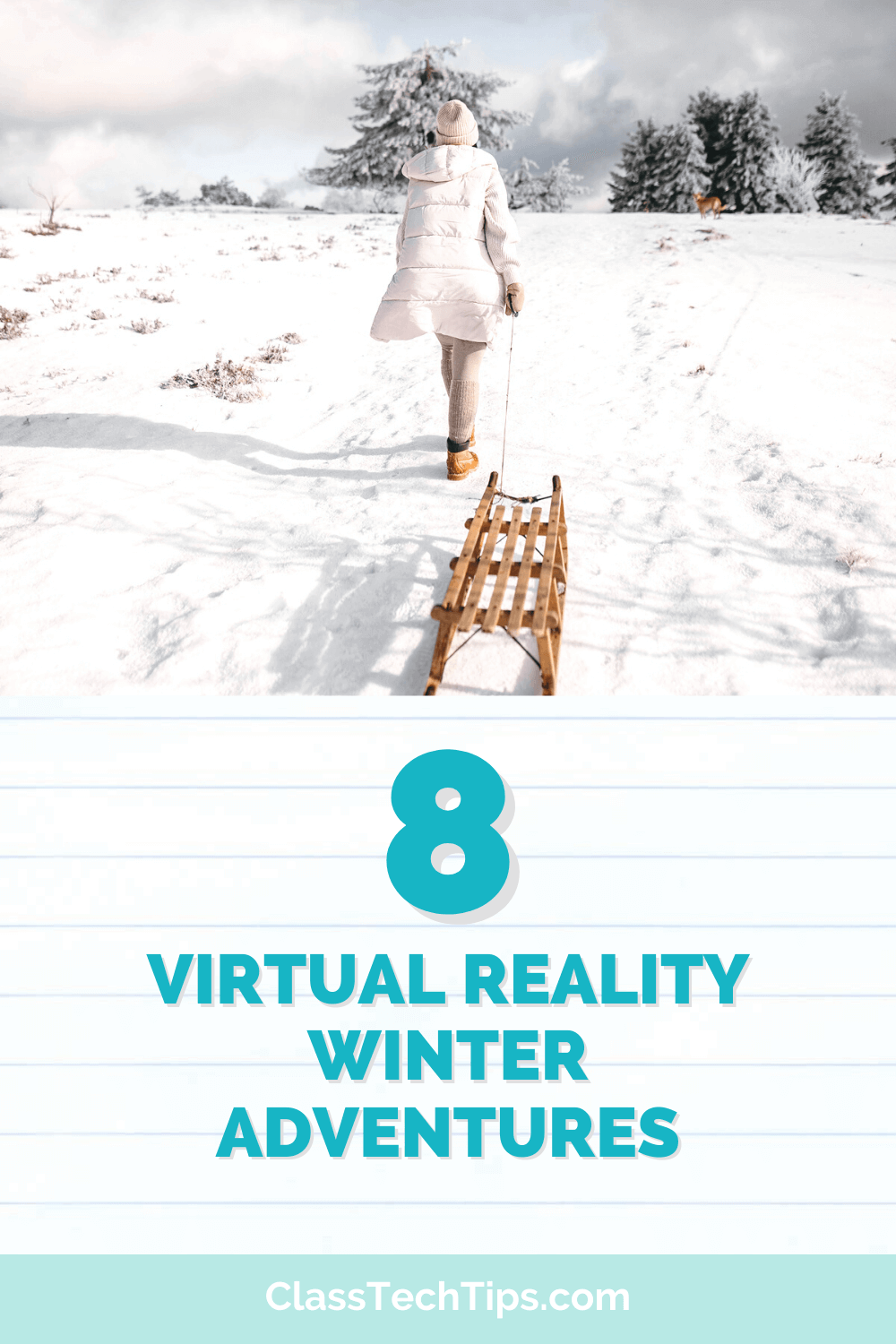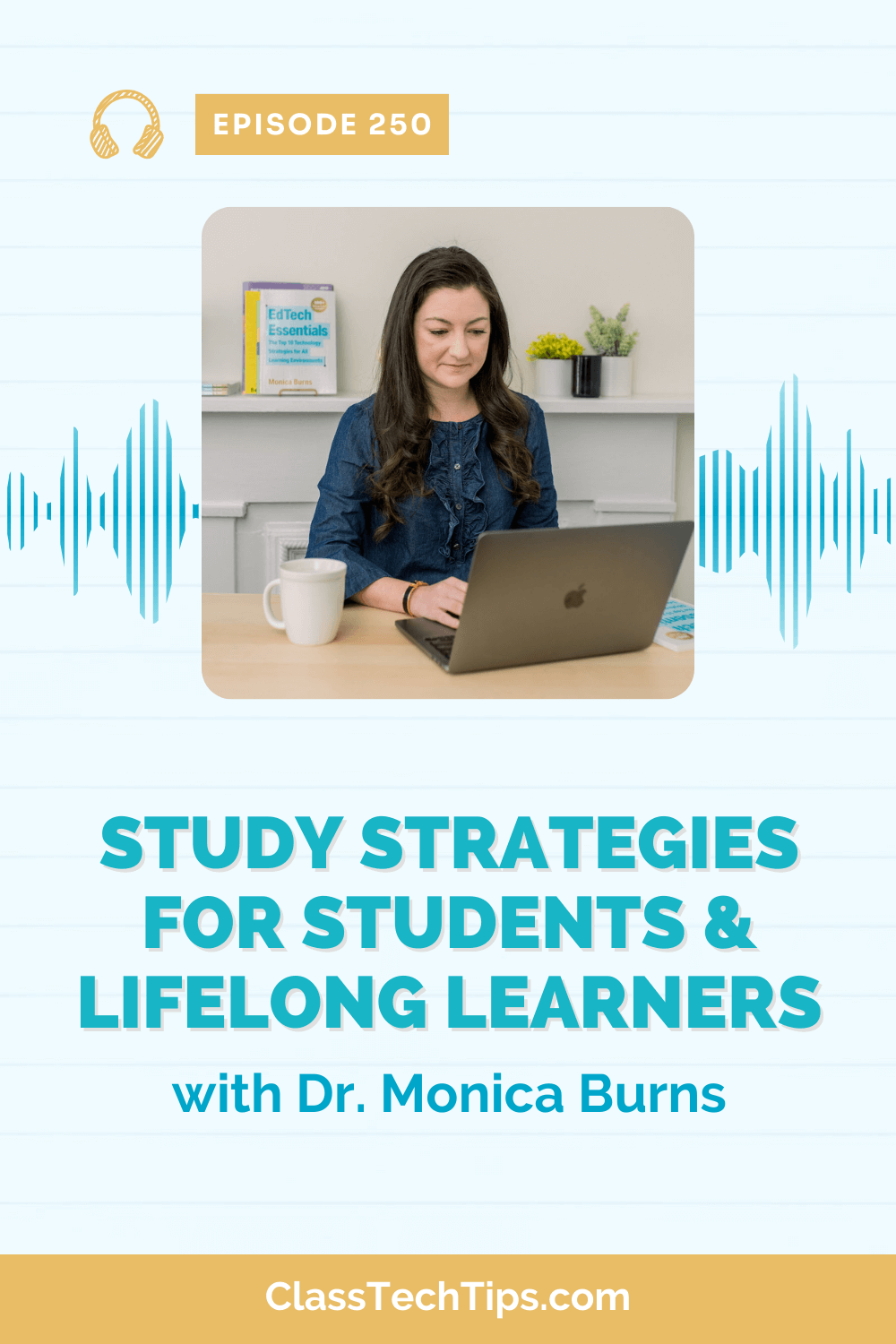The idea of incorporating virtual reality into a lesson might appear like a heavy lift. But thanks to free virtual reality resources, it may be more doable than it seems. There are many ways to spark student curiosity and provide space for students to wonder about the world around them. 360 panoramas, interactive maps, and 360 video can all help students explore the world around them. Today’s blog post includes an excerpt from my new book with tips for virtual field trips.
There are a handful of great places to find free, high-quality content to share with students. Google Arts & Culture is a fantastic spot for finding dynamic virtual reality-style experiences, including opportunities to explore spaces like Machu Picchu and the Grand Canyon. You might take students on a virtual field trip to a faraway space. Or you might also try one that presents a logistical challenge for a “real” field trip.
Using Virtual Field Trips
In this modified excerpt from my new book, EdTech Essentials: The Top 10 Technology Strategies for All Learning Environments, I share tips for how to use virtual field trips to foster curiosity. It includes a few ideas you can customize for your specific learning environment.
Providing opportunities for students to explore the world fosters their curiosity. As a classroom teacher in New York City, I loved taking students on field trips, and each year we covered a lot of ground. The list of memorable trips is long, with destinations ranging from the Intrepid Sea, Air, and Space Museum and the American Museum of Natural History to the South Street Seaport and the Museum of Modern Art.
One of the most memorable field trips my class of 5th graders took was to the Central Park Zoo the year we started a composting effort in our classroom. As we entered an exhibit hall with plants and animals from the rainforest, one of the students said to me, “It smells just like the composting bin!” She was absolutely right! The humidity and the fresh soil smelled just like the contents of our class compost bin when we lifted the lid.
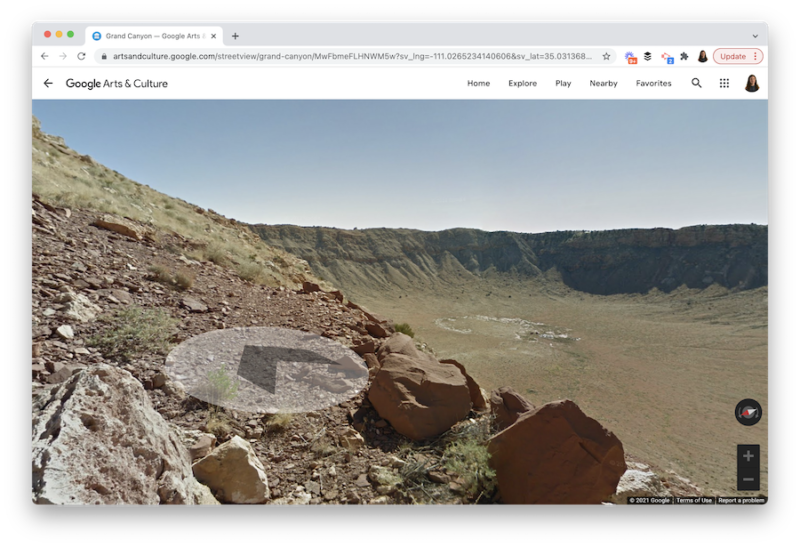
Download a study free study guide >>
Providing students with experiences that allow them to explore their world is essential. However, it is not possible to physically take them to every place that connects to your curriculum or their interests. The term virtual field trip can refer to many things. This includes a virtual reality experience in which students wear a headset and turn around as they look at a new place from different angles. It could also mean creating a playlist for students with video clips they can watch to learn about a place. The big idea is simple: give students a chance to learn about and explore a place they cannot visit or have not visited in person.
For example, in an elementary classroom, you might open up a panoramic image of a pond on a student tablet or an interactive whiteboard. As you talk to students about the life cycle of a frog, they can see the color of the pond and imagine tadpoles swimming beneath the surface. In a middle school classroom, you might study tessellations with students and send them the link to an interactive walking tour outside the Louvre Museum in Paris. They can move around the Louvre Pyramid and see how tessellations form this massive structure.
In a high school classroom, you might have students use a virtual reality headset to walk through parts of the Grand Canyon or Monument Valley. They can see different types of rocks, better understand the scale of these spaces, and make connections to a unit of study on national parks and the Works Progress Administration in a social studies class or to a geology unit in an earth science class.
Learn more about EdTech Essentials >>
The purpose for these explorations can be manifold. You may want students to ask questions for further inquiry related to upcoming research projects. Or you may want them to write journal entries and reflect on new things they learned and possible connections to lingering or even unanswerable questions. Having students record their thoughts about an experience can help them extend their questions to other parts of their lives. It can also make them more discerning consumers of content.
Asking questions or wondering about something in this way might not come naturally to students. This does not mean they are incapable of asking questions or are not curious; it may just mean they are not used to verbalizing and sharing their wonderings aloud. Students might also hesitate to share if they do not feel comfortable or safe in a particular environment. Creating an open and nonjudgmental space that values questions—even those without an answer—is essential for students of all ages.
Virtual Reality with Purpose
How can you ensure that these virtual reality experiences are purposeful? In one of my very first episodes of the Easy EdTech Podcast, and this post on my blog, I shared a handful of discussion prompts. You might ask students to share some of the things they notice as they explore a new space. Or you might try specific questions, like, “What might be missing from this shot?” or “What do you think it smells like?”
A virtual reality experience can certainly help provide background knowledge or extend a lesson. When used strategically a virtual field trip can help students wonder about new places. It can help them ask questions they might not have thought of before. And virtual field trips can helps students become curious about the world around them.
Note: Want to learn more about my new book EdTech Essentials: The Top 10 Technology Strategies for All Learning Environments? Head over to this page with more information. If you already have a copy of the book, download the free study guide here.

